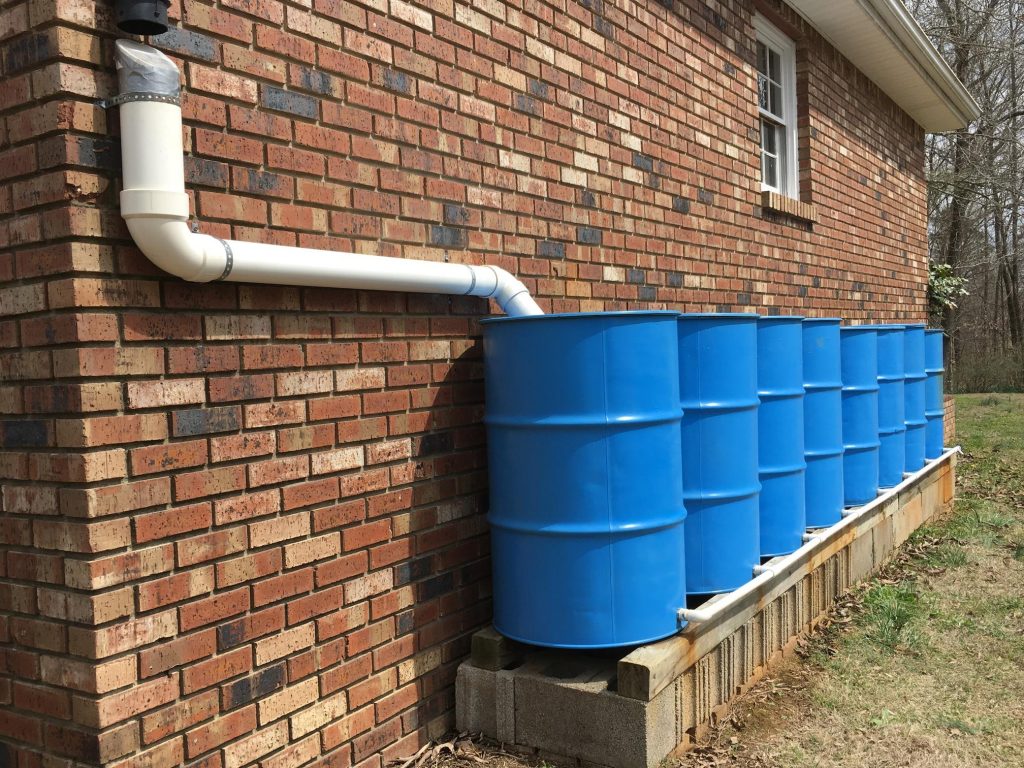Roof Catchment Systems: Harnessing Rainwater for Sustainable Living
As more people embrace sustainable living practices, roof catchment systems have gained popularity in recent years. These innovative systems allow homeowners to collect and store rainwater for various uses, reducing their reliance on municipal water supplies. If you’re considering installing a roof catchment system on your property, here are the top 10 options to consider:
1. Rain Barrels: A simple and cost-effective option, rain barrels collect rainwater from downspouts and store it for later use in gardens or for non-potable household tasks.
2. Cisterns: Ideal for larger properties or those with higher water needs, cisterns can range from small above-ground tanks to large underground reservoirs that can hold thousands of gallons of water.
3. Green Roofs: By incorporating vegetation into the roofing structure, green roofs not only provide insulation but also capture and filter rainwater runoff.
4. Gutters with Leaf Guards: Keeping gutters free from debris ensures that collected rainwater is clean and ready for use.
5. Mesh Screens: Placed over downspouts, mesh screens prevent leaves and other debris from entering the collection system while allowing water to flow freely.
6. First Flush Diverters: These devices divert initial rainfall away from storage tanks, ensuring that any contaminants or pollutants are flushed out before collecting clean water.
7. Roof Washers/Filters: Installed at the gutter line or downpipe junctions, these filters remove sediment and debris before rainwater enters the storage tank.
8. UV Sterilizers/Filters: To ensure safe potable water supply, UV sterilizers or filters eliminate harmful bacteria and pathogens present in collected rainwater.
9. Automatic Pump Systems: Equipped with sensors that detect low water levels, these systems automatically switch to municipal supply when necessary while maximizing rainwater usage whenever possible.
10. Greywater Recycling: Expanding the functionality of roof catchment systems, greywater recycling involves treating and reusing water from showers, sinks, and washing machines for irrigation or toilet flushing.
Before installing a roof catchment system, it’s crucial to consider factors such as rainfall patterns in your area, roof size and material, local regulations, and budget. Consulting with professionals experienced in rainwater harvesting can help you choose the right system that suits your needs.
In addition to reducing water bills and conserving natural resources, roof catchment systems offer numerous benefits. They contribute to stormwater management by reducing runoff volume and minimizing strain on municipal drainage systems. Moreover, these systems promote self-sufficiency by providing an independent water source during droughts or emergencies.
Embracing sustainable practices like harnessing rainwater through roof catchment systems not only helps protect our environment but also makes economic sense in the long run. By incorporating these innovative solutions into our homes and communities, we can move towards a more resilient future while enjoying the many advantages of sustainable living.


Leave a comment